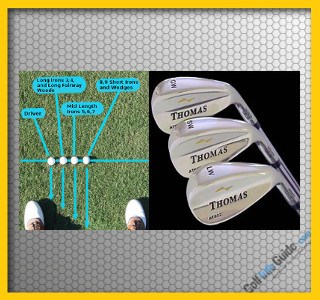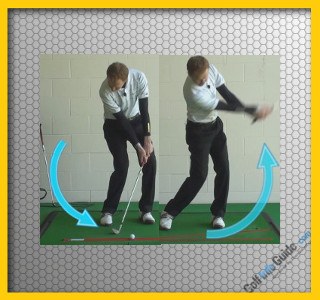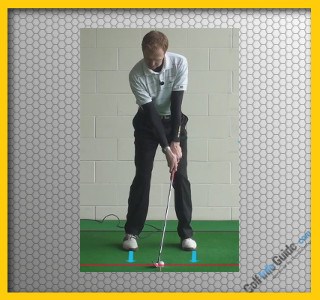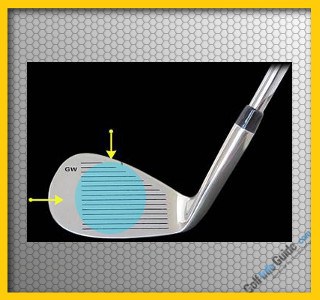The majority of recreational golfers are amazed when they see a professional golfer put spin on a wedge shot. The common visual of the ball landing well past the pin where it seems to stop but then spins backward finishing a few feet from the hole, creates envy in amateurs. Spin with wedges comes from great technique and being aggressive with your swing. Majority of the time for professionals, spin is not desired. They will choose more club and swing with less speed in order to take spin off the shot to allow for more release or one bounce and stop. It can take lots of practice to understand how to control wedges and alter spin rates. However, the following tips should help to see the ball check-up rather than run out when approaching the green with a wedge.
In order to create spin on a golf ball with a wedge you need two things to happen. One is speed and two is angle of attack. When it comes to angle of attack, we need a downward strike on the ball. However, if the ball is positioned too far up in our stance, there’s a chance the bounce of the wedge will strike the ground first and slide under the ball resulting in low spin rates. Therefore, it’s important to have the ball positioned toward the middle of your stance which will promote a steeper swing and angle of attack. When we make proper impact with a wedge, the leading edge will strike the ball first with full force and it will quickly zip up the grooves. This will create maximum spin on the ball.
There’s a big misconception when it comes to our wedges. We all know that these clubs send the ball high into the air due to the loft. However, many people think they need to help the ball into the air. They end up creating an upward swing at impact which decreases spin. No matter if we’re hitting a full 100 yard shot or a 10 foot chip shot, it’s important to know that both shots need a downward strike for best results. As mentioned in Tip #1, the leading edge of the club needs to strike the ball first sending it up the grooves giving it maximum spin. If we try and help the ball up, impact is more with sole of the club and creates a variety of misses such as scull, shank and fat shots. In practice, try setting your hands forward at address and make a conscious effort to strike down on your wedge shots.
An easy tip to remember that helps generate more spin with your wedges, is to make sure you have at least 60% of your weight forward or towards your target at address. This is important as it helps to promote a steeper swing path and creates a better chance of proper impact with a wedge. It’s a common flaw for golfer’s to set up with weight evenly distributed. If there’s a struggle with weight transfer, they will make impact with weight trapped on the back foot causing the hands and wrists to break down. Once the wrists breakdown, it’s common to see impact at the middle of the ball which results in no spin. Remember to pre-set some weight forward to give you a fighting chance for a downward strike.
How clean are your clubs? How often do you see top players take a tee and clean the grooves before they hit a shot? If you keep the grooves clean, you’ll give the club face the best chance to bite into the ball and generate higher spin rates. If the grooves of your wedges have dirt and grass in them, the ball will just slide up the face with very little spin. Water on the club face will also affect how much a ball will spin. When you’re playing in the rain or with early morning dew, it’s essential to make sure the club face is as dry as possible. Before you play, just grab your towel and a little water and give your short irons and wedges a cleaning. During a round, make sure you clean your club after every shot. Keep a part of your towel wet and at the very least spit can do the job. If you have an older set of clubs, it’s likely the grooves are worn out or damaged. Just from hitting balls, playing from bunkers, abnormal ground conditions and clanking around in the bag can wear down the grooves. Wedges should be replaced depending how much you play. Due to the softer metal in the face of wedges, it’s recommended they get replaced every two years.










